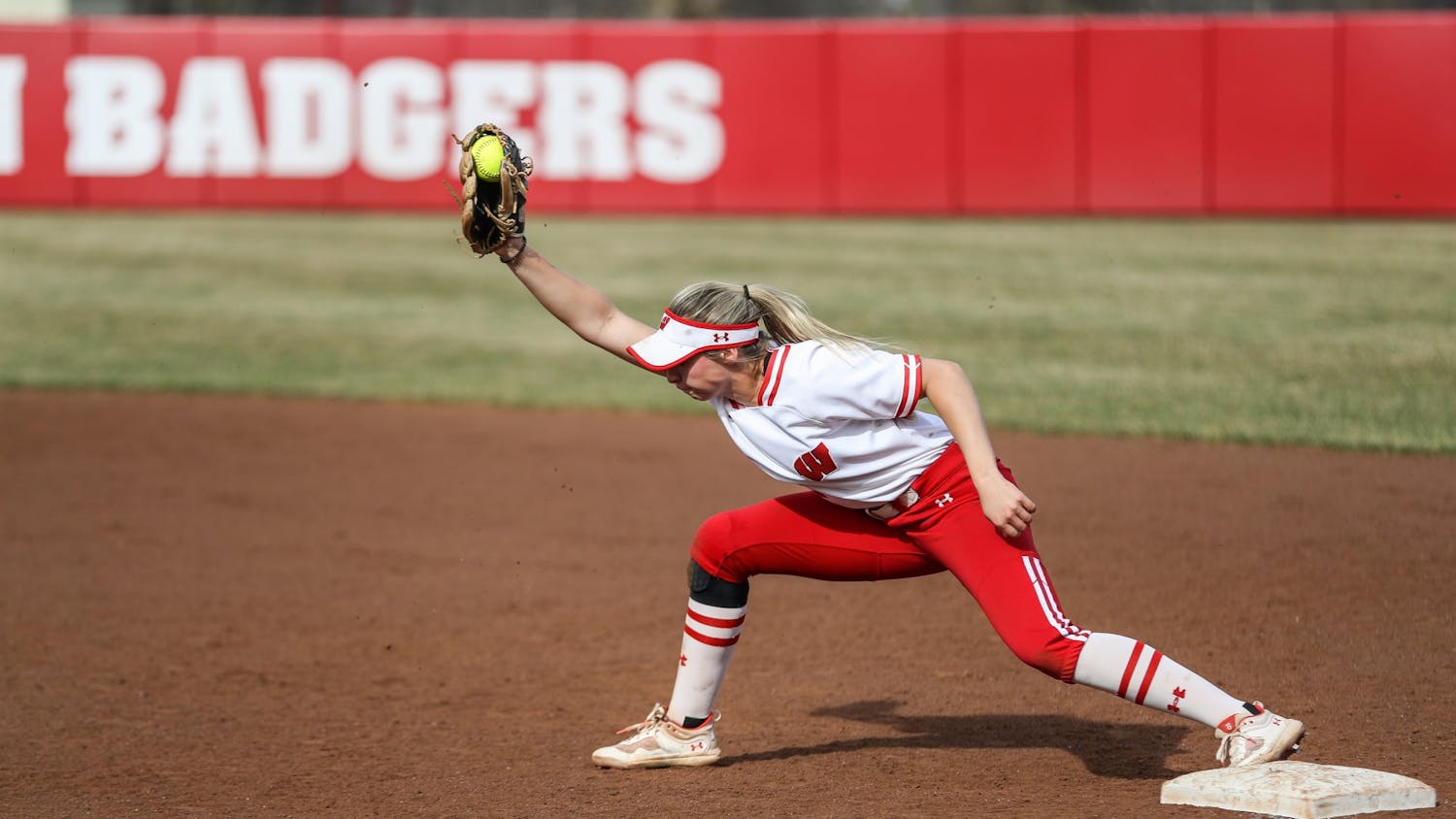Growing up as a kid in the D.C. area, Wisconsin football was a program in my periphery. Unlike a majority of current UW cohorts, Badger football wasn’t part of a weekly routine for me, nor was I constantly aware of their year-to-year roster and coaching changes. I’d take note in the wake of big wins and losses (Big Ten titles, the Ohio State win in 2010, the Kirk Cousins Hail Mary in 2011), but for the most part, they were just another program in my eyes. While that would come to drastically change, there was one thing that always came to mind when I thought of Wisconsin football (as it does for most people), and that was the run game.
So since I’ve arrived on campus, I’ve been surprised to bear witness to two seasons of Badger football that lacked the physicality and consistent success on the ground with which this program had become synonymous. While the playcalling hadn’t changed much and a commitment to running the football remains entrenched in the coaching philosophy, there was a slight disconnect between the expectations and the reality. The physically dominant offensive lines opening massive holes at the line of scrimmage, and the cadre of supremely talented running backs that would run through said holes, were often nowhere to be found.
Needless to say, this program has been more than fine in the past several years. The defense, which has traditionally been a strength, has risen to new heights. Winning the time-of-possession battle continues to be a trademark of Wisconsin football, as the running game, while occasionally sputtering, still usually does enough to keep the ball out of the opponents’ hands. Furthermore, the dip in production in the run game since the days of Melvin Gordon and his illustrious predecessors can be somewhat explained by injuries to both the offensive line and running back groups and a foolhardy change in recruiting strategy by Gary Anderson’s coaching staff. As a result, however, many Badgers fans have been pining for a return to the days of backs who can rack up 100-yard games, running behind behemoth offensive lines who will impose their will on the opposing defenses.
Well, those days of waiting may be over. Salvation has arrived, and its name is Jonathan Taylor. I’ve generally been one to preach caution, particularly when young players have big games against vastly inferior competition, but I’m disregarding that creed in this situation. I’m all-in.
While the Badgers will certainly have to face far stronger defenses in the coming months than they did in the first two games of the campaign, sometimes you can just tell when a player will be special. Taylor has shown the vision, patience and physical ability to be an absolute superstar at the position. He still has much to learn, and will certainly accumulate the requisite bumps and bruises on his way to fulfilling his potential. But the potential is clearly there.
Furthermore, an offensive line that was unable to jell and consistently stay healthy over the past couple years has taken a big step, and it showed against FAU on Saturday. Taylor was often given great blocking, and even when he wasn’t, he still showed his ability to make something out of nothing. This ability to make defenders miss certainly makes the line look better, as does Alex Hornibrook’s recent discovery that he is allowed to move around behind the line of scrimmage in order to avoid sacks. Continued offensive success will bring the line closer, instill more confidence and improve their overall play.
The real tests have yet to come, and the running game may suffer due to its inexperience or—god forbid—further injuries as the season wears on. Perhaps I’m jumping to conclusions too quickly. Maybe the glory days of the running game haven’t quite returned. But let me have this. As a fan who was unable to see the likes of Gordon, Ball, White, Clay, Dayne and others in person, it’s really nice to be able to say: Now this is Wisconsin football.






